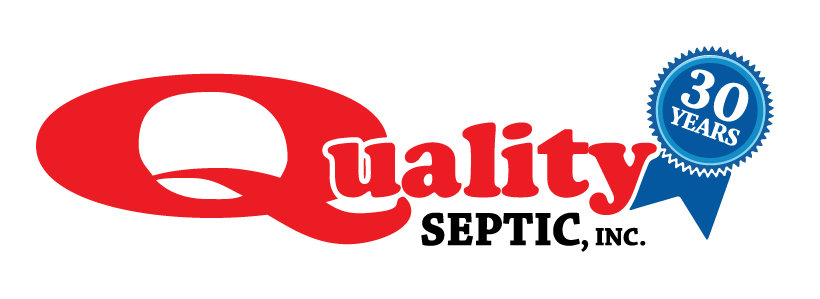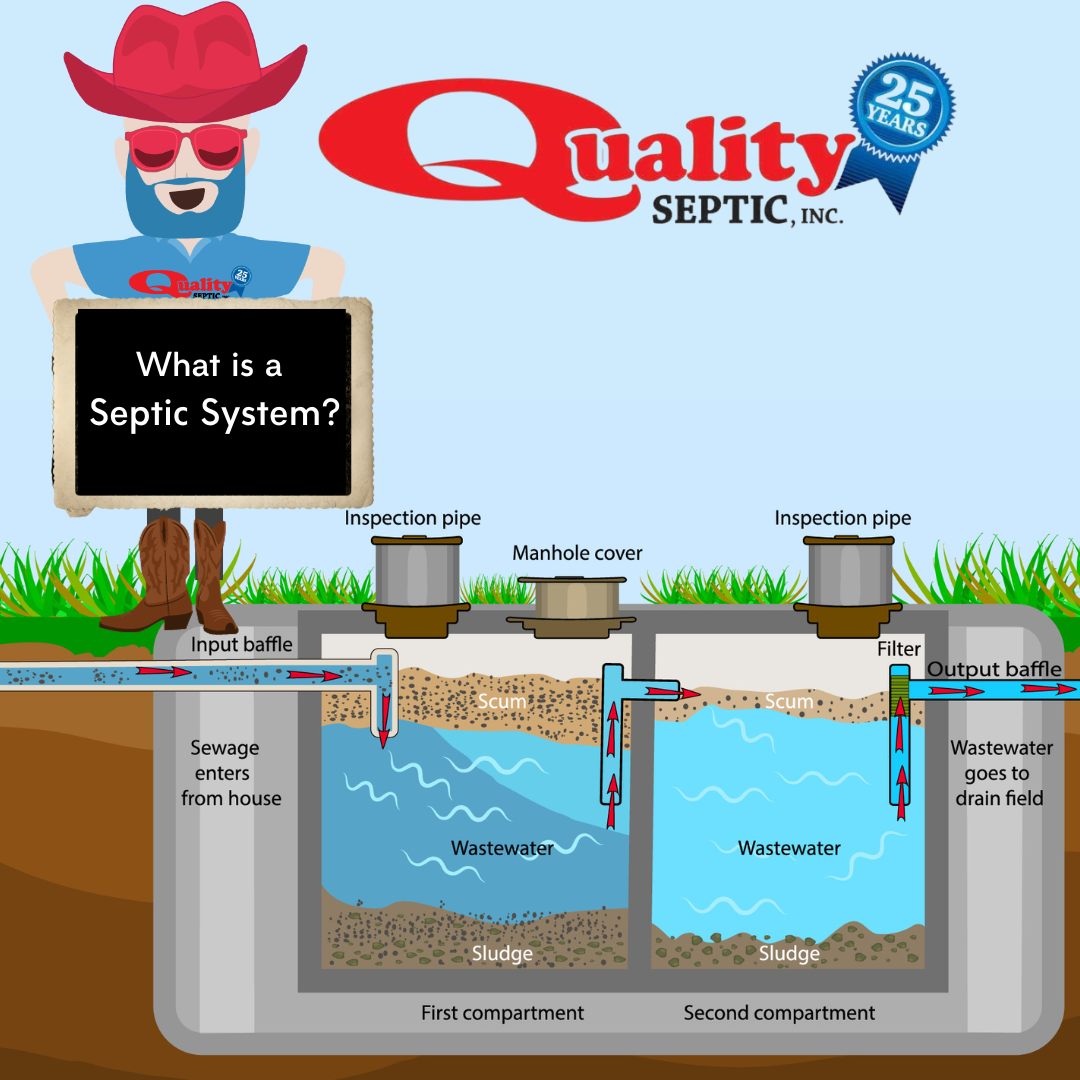Quality Septic Inc. takes pride in providing top-notch septic system services to homeowners across the country. We understand that many of our clients may not be familiar with septic systems, so we’ve created this blog to shed light on what a septic system is and how it works. Whether you’re a new homeowner or just curious about septic systems, read on to discover the ins and outs of these essential wastewater treatment systems.
What is a Septic System?
A septic system is an on-site wastewater treatment facility that serves properties not connected to a municipal sewage system. In simple terms, it’s a small-scale sewage treatment system designed to handle the waste generated by a household or business. Septic systems are commonly used in rural and suburban areas, where municipal sewer lines aren’t available.
How Does a Septic System Work?
Understanding the inner workings of a septic system is crucial to its proper maintenance. Here’s how it operates:
The Plumbing System: All the wastewater from your sinks, toilets, showers, and washing machines is channeled into a buried tank on your property.
The Septic Tank: This underground tank serves as the initial treatment site for your wastewater. Solid waste settles to the bottom, forming sludge, while the liquid waste (effluent) floats at the top.
Bacterial Breakdown: Beneficial bacteria naturally present in the tank break down organic matter in the sludge and effluent, partially treating the sewage.
Distribution: The partially treated effluent flows from the septic tank into a drain field or leach field, which is a network of perforated pipes buried in the soil.
Soil Filtration: In the drain field, the effluent is gradually released into the soil, where further treatment occurs. The soil acts as a natural filter, removing impurities and pathogens.
Final Disposal: Once the effluent has passed through the drain field, it is safely dispersed into the environment, completing the treatment process.
Maintenance and Care
Maintaining your septic system is crucial for its longevity and performance. Quality Septic Inc. recommends the following:
Regular Pumping: Periodically, your septic tank should be pumped by professionals to remove accumulated sludge. The frequency depends on your tank’s size and household usage.
Be Water-Wise: Reduce water usage and distribute laundry and dishwashing loads throughout the week to prevent overloading the system.
Avoid Harmful Substances: Do not dispose of non-biodegradable or toxic materials down the drains, as these can disrupt the natural treatment process.
Inspect for Issues: Regularly inspect your system for leaks, odors, and unusual sounds. Address issues promptly to prevent costly repairs.
Signs of a Failing Septic System
Recognizing the signs of septic system problems is essential. These may include:
Sewage Backups: If wastewater backs up into your home, it’s a clear indication of a problem.
Odors: Foul odors around your septic tank or drain field suggest an issue with the system.
Slow Drains: Slow draining sinks and toilets can indicate a blockage in the system.
Lush Grass: While a healthy lawn is a good sign, an unusually lush patch of grass near your drain field may indicate a problem, as it could mean excess moisture.
We hope this guide has provided valuable insights into septic systems, their function, and the importance of regular maintenance. Proper care of your septic system ensures it continues to efficiently treat your household’s wastewater, protecting your property, the environment, and your investment in the long run. If you have any questions or need septic system services, don’t hesitate to contact Quality Septic Inc. Contact us today to schedule an inspection and learn more about maintaining a thriving septic system.


